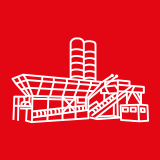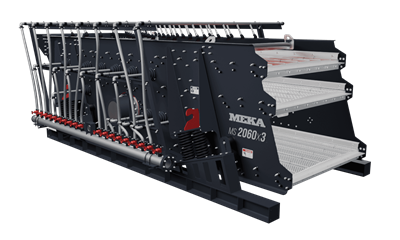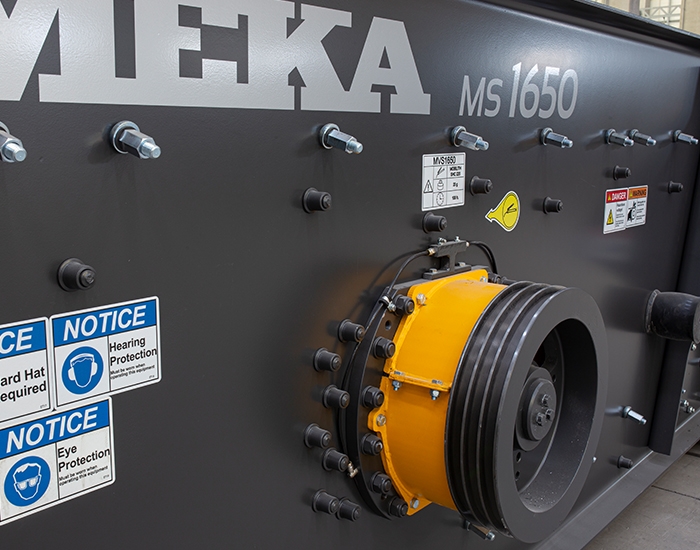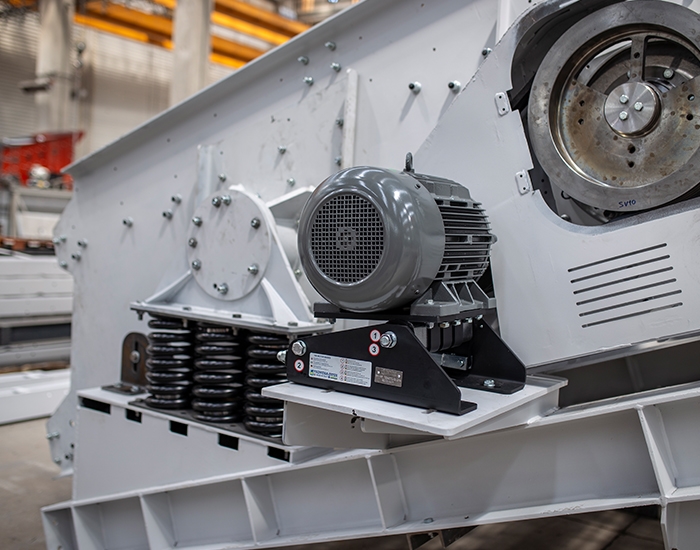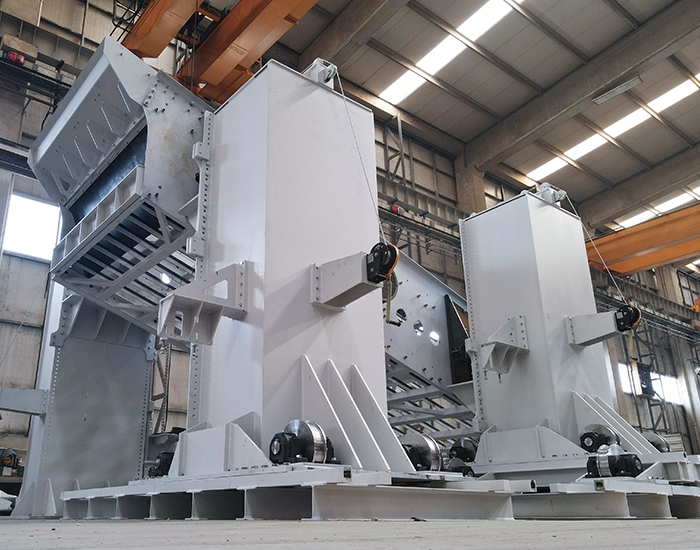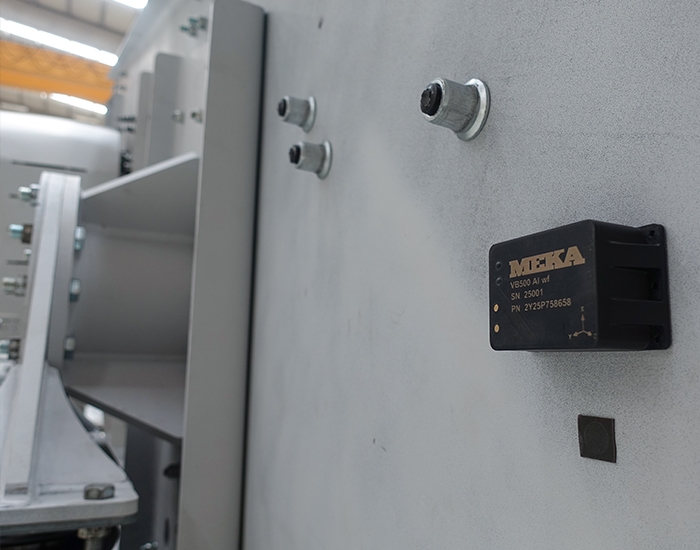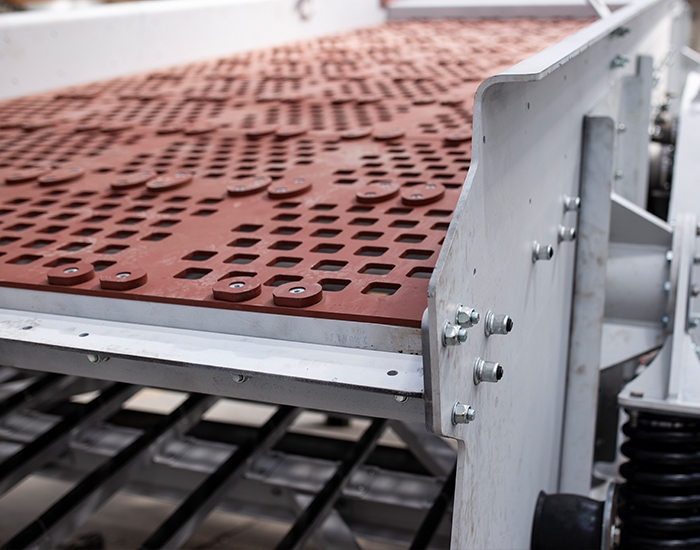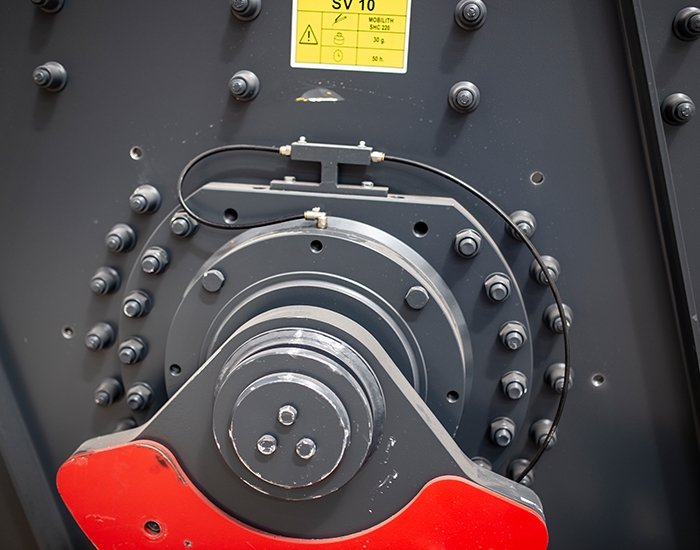Inclined Screen Gallery
INCREASE YOUR PLANT THROUGHPUT WITH UNPARALLELED SCREENING PERFORMANCE
Thanks to the circular motion mechanism, MEKA Inclined Screens easily adapt to different screening conditions. The precise adjustment of amplitude and speed helps to achieve maximum efficiency according to the changing material structure. The extra strong body structure, huck bolt connection systems, modular drive mechanism and rubber insulated motor stand ensure long-term and trouble-free use.
Application
MEKA MS inclined screens feature a unique combination of characteristics that result in high capacity and high screening efficiency, as well as long service life. They are used for secondary, final sizing or even primary applications.
Discover MEKA Inclined Screens
Inclined Screen Technical Specifications
MS 1540X2 |
MS 1540X3 |
MS 1540X4 |
MS 1650X2 |
MS 1650X3 |
MS 1650X4 |
MS 1850X4 |
MS 2050X2 |
MS 2050X3 |
MS 2050X4 |
MS 2060X2 |
MS 2060X3 |
|
| Widthx Length (mm) | 1500x4000 | 1500x4000 | 1500x4000 | 1600x5000 | 1600x5000 | 1600x5000 | 1868x4877 | 2000x5000 | 2000x5000 | 2000x5000 | 2000x5000 | 2000x6000 |
| Power (kW) | 15 | 15 | 22 | 15 | 18,5 | 22 | 22 | 15 | 22 | 22 | 18,5 | 22 |
| *Weight (kg) | 3631 | 4610 | 6176 | 4225 | 6220 | 7534 | 7250 | 4600 | 6731 | 8750 | 5592 | 7468 |
MS 2060X4 |
MS 2460X2 |
MS 2460X3 |
MS 2460X4 |
MS 2563X2 |
MS 2563X3 |
MS 2563X4 |
MS 2573X2 |
MS 2573X3 |
MS 2573X4 |
|
| Widthx Length (mm) | 2000x6000 | 2000x6000 | 2000x6000 | 2400x6000 | 2500x6300 | 2500x6300 | 2500x6300 | 2500x7300 | 2500x7300 | 2500x7300 |
| Power (kW) | 22 | 22 | 30 | 30 | 30 | 30 | 37 | 30 | 37 | 2x30 |
| *Weight (kg) | 9289 | 6111 | 8158 | 9943 | 6598 | 8672 | 13435 | 10580 | 14000 | 19022 |
Would you like to request a quote or receive information about a inclined screen?
Would you like to receive a price quote for a MEKA inclined screen?
Do you need an inclined screen with different options and configurations?
Do you want to become a MEKA inclined screen dealer?
Let's move on to the next level. Contact us now by filling out the form.
What is Inclined Screen?
Inclined screens are versatile and can be used for a wide range of applications such as gravel, sand, ores, and recycling.
Inclined screens consume less energy , as the inclination of the screen helps gravity assist in material movement.
The circular motion and angle make the screen more resistant to clogging by materials.
Enhanced screening performance with high capacity and screening efficiency.

